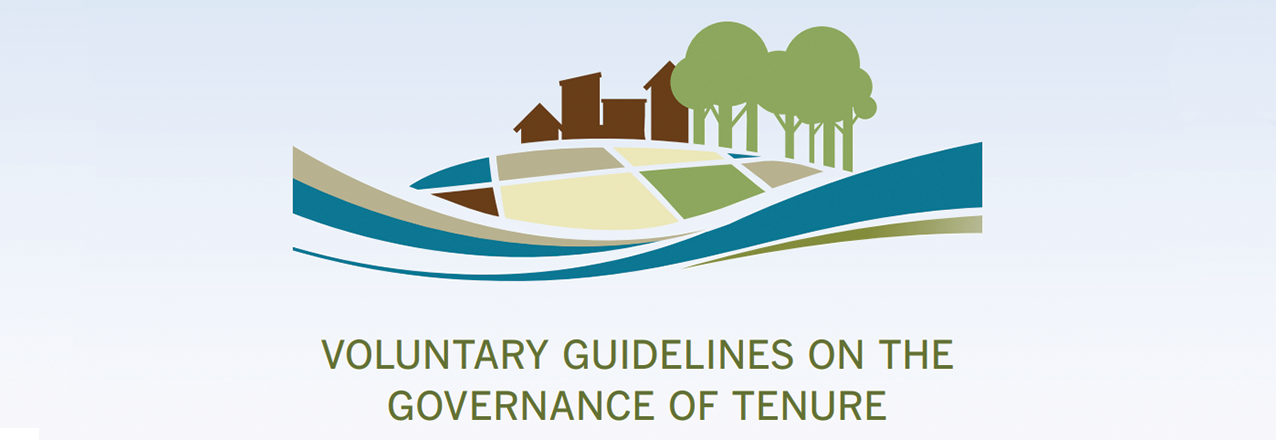This week, the global community celebrates the five-year anniversary of a landmark agreement: the Voluntary Guidelines on the Responsible Governance of Tenure (VGGT). These guidelines, which were unanimously endorsed by 96 countries in 2012, lay out globally-agreed best practices for strengthening land tenure and resource rights as a strategy to prevent conflict, empower women, and reduce food insecurity. The VGGT have been a catalyst in bringing the global community together around land tenure and property rights issues. The broad and inclusive participatory process of negotiating the VGGT has helped organize, focus, and sustain a wide coalition of stakeholders – including governments, businesses, civil society, and academia – working toward a common vision of improved land governance.
We are proud to count USAID among those stakeholders. From chairing the Working Group that negotiated the guidelines in 2012, to investing in research, innovative technologies, and capacity building programs, USAID has worked with our partners over the past five years to make the promise of the VGGT a reality for women, men, and communities around the world. Here are some of the highlights of what USAID has accomplished. As we look forward to the next five years of VGGT implementation, here are five areas of progress to look for from USAID:
- Donor coordination: Partnerships are essential for turning the recommendations of the VGGT into actionable policies and programs. USAID will continue partnering with donors and other stakeholders through the Global Donor Working Group on Land, and in other fora, to share knowledge, leverage partnerships, and amplify the reach of our investments. Learn more.
- Private sector partnerships: Weak land governance can undermine much-needed investment projects and threaten the rights and livelihoods of local communities. USAID will continue working with the business community to develop and test guidance on best practices, grounded in the VGGT, for making land-based investments more inclusive,sustainable, and less risky. Later this year, we will be sharing initial lessons learned from our partnerships with Hershey’s and ECOM Agroindustrial in the cocoa sector in Ghana and with Illovo Sugar in Mozambique. Learn more.
- Research, evaluations, and data: To turn the high-level recommendations of the VGGT into specific, measurable improvements on the ground, we need more evidence-based research and data on which strategies and methods are most effective and why. USAID will continue engaging in scientific evaluations and research, including randomized control trial impact evaluations, to critically examine the best approaches for strengthening tenure in a variety of contexts. Learn more and check out our latest research paper on forest tenure in Zambia.
- Urban tenure and integrated rural-urban approaches. The world is rapidly urbanizing. By 2030, 60 percent of the world’s population will live in urban areas, up from 30 percent in 1950. What happens in cities affects rural areas and vice versa – there is a strong correlation between urban economic growth and rural development. USAID will continue focusing on urban property rights, rural land tenure systems, and the connections between the two. We will be publishing new research and case studies on urban tenure later this year. Learn more.
- Innovations and technology. One of the most exciting ways USAID has supported the VGGT was through the development of the Mobile Applications to Secure Tenure (MAST) initiative. MAST is a suite of innovative technology tools and inclusive methods that use mobile devices and a participatory approach to efficiently, transparently, and affordably map and document land and resource rights. Building on successes in Burkina Faso, Tanzania, and Zambia, we recently launched a new program that will refine and expand MAST into more countries. Learn more.
We look forward to partnering with the rest of the development community to make the next five years of VGGT implementation as successful as the first five.
To learn more about USAID’s work on land governance and sustainable urbanization, visit: www.Land-Links.org and www.Urban-Links.org


